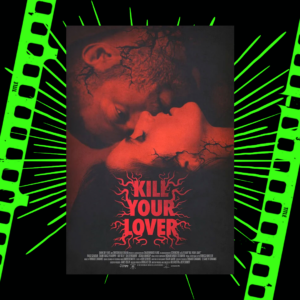
BODY HORROR “KILL YOUR LOVER” NOW AVAILABLE ON VOD IN UK & IRELAND
KILL YOUR LOVER (Winner of Dead Northern’s Best Feature 2024), a razor-sharp and visceral exploration
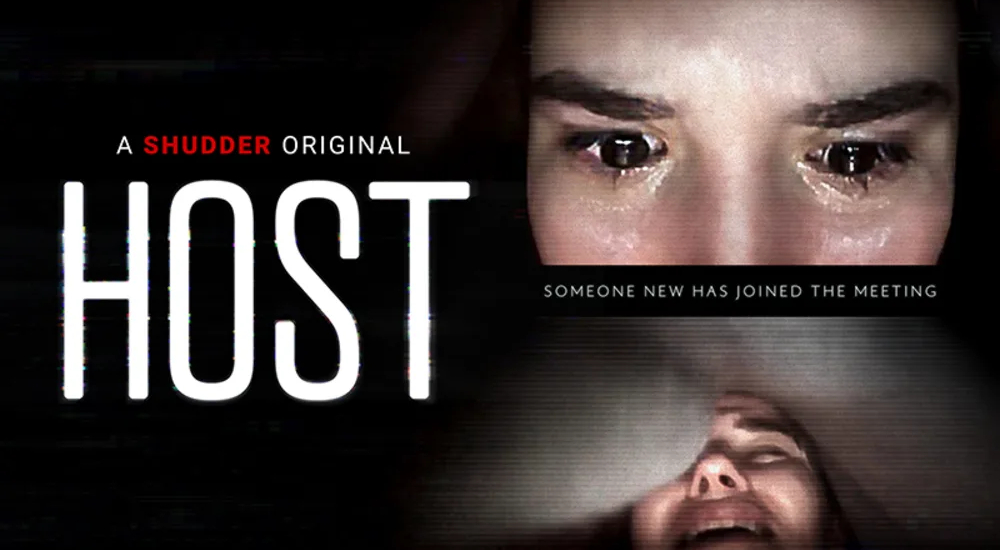
The found footage genre is infamous for exploding onto the market, with innovative films that use new technology to present chilling and realistic narratives. Although still effective, it is a heavily saturated sub-genre that can at times present stale ideas that have been executed multiple times before. However, something that has arisen from found footage and given it a new lease of life is desktop horror.
Desktop horror ensues entirely on a computer screen. The method seeks to emulate how society is both psychically immersed with technology, but also how our emotions and fears are charged via our online life. These films create a sense of present time and space with much of the action literally unravelling before our eyes; with desktop horror we are glued to the screen, following the cursors every move, noting every message that pops-up and observing every letter typed.
It’s a relatively unexplored topic, with few lists detailing the best picks for you to watch. With this being said here are 5 engaging films that are worth adding to your watchlist.
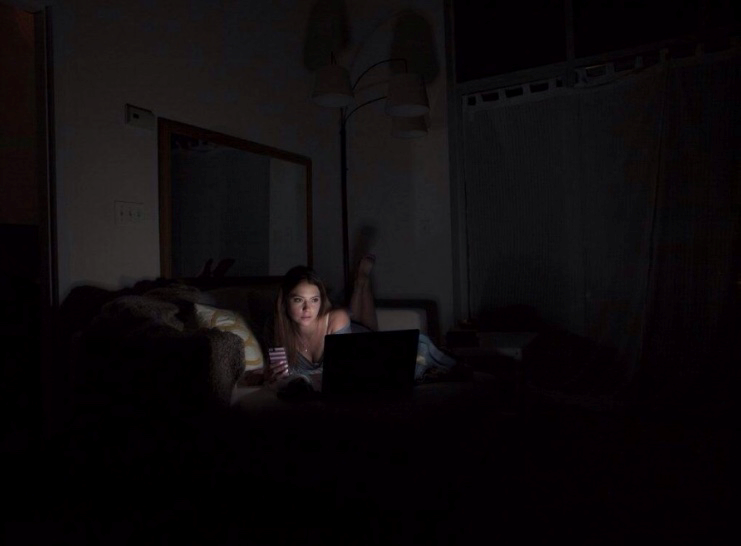
Ratter follows Emma (Ashley Benson), an independent grad student who recently moved to New York after a recent break up. Emma’s penchant for her laptop soon results in her own demise as it’s hacked. Now her every move is being watched by a sadistic stranger.
The film toys with societal fears of intrusion and exploiting one’s personal privacy. The hacker has access to Emma’s everyday life with her intimate moments and personal conversations being accessible for anyone to witness.
As her webcam has been permanently activated the audience takes on the perspective of the hacker. Yet we are paralysed behind the screen, unable to communicate and inept in rescuing. But the question that arises is ‘are we partnered alongside the hacker?’ acting as the voyeur.
Ratter is not necessarily the most admirable or acclaimed film, but Kramer utilises the situation to create a slow swelling build up of tension and eerie dread resulting in an engaging entry into desktop horror.
Ratter is currently available to rent on Amazon Prime
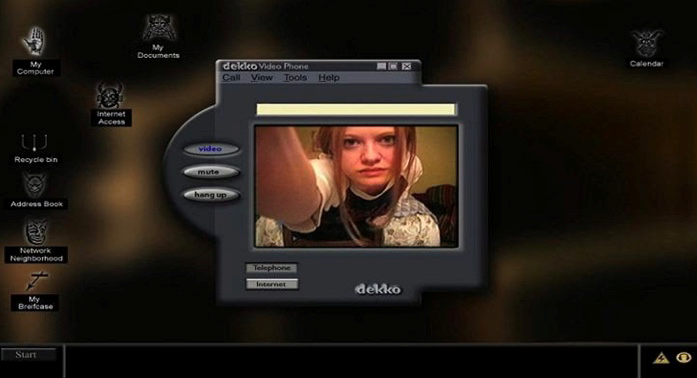
The Collingswood Story details Rebecca’s (Stephanie Dee) long distance relationship with her boyfriend Johnny (Johnny Burton) over webcam after she moves to Collingswood for University. Rebecca soon learns that the town of Collingswood was once the home of a deranged satanic cult.
The premise seems tiresome and repetitive but it’s execution is flawlessly formulated. The mid 2000s webcam situation of blurry quality and MSN style aesthetics does not dampen the film’s merit; in fact it accentuates the authenticity of the scenario.
The pacing of the film equates to a sense of terror and anxiety, with the believable dialogue only enhancing the compelling emotions manifested from such qualities. The sensations of fear are strengthened due to the time and space that desktop horror conjures. With the events literally unraveling in front of the viewer there is an impression of urgency created to bring back harmony and end the frightening occurrences.
The Collingswood Story is an entirely underrated film that deserves to be commended for its take on desktop horror.

Unfriended follows a group of teenagers who find that an anonymous member in their Skype call brings about haunting occurrences with deadly consequences. Unfriended is possibly the most notorious film on this list with it becoming a filmic sensation. The film presents a realistic active laptop screen with open tabs, various social media accounts and cluttered files dispersed all over.
As the film progresses so does the paranormal activity, the group harbour a dark secret involving the suicide of their friend Laura (Heather Sossaman). The audience is persuaded to believe that the strange happenings are at the hands of Laura’s ghost. As with many desktop horrors, it’s not as simple as closing your screen and abandoning technology to solve the problem, as Laura’s apparition taunts the group by continually interjecting herself into their Skype session no matter how many times they attempt to log off.
Laura’s persistence for cathartic revenge leads to her suicide video ceaselessly playing on screen, leading to the implied notion that digitalised media is cemented online forever and inescapable. Desktop horror manipulates the internet’s natural accessibility and emulated factors to create an environment of unavoidable dread.
Unfriended is currently streaming on Netflix
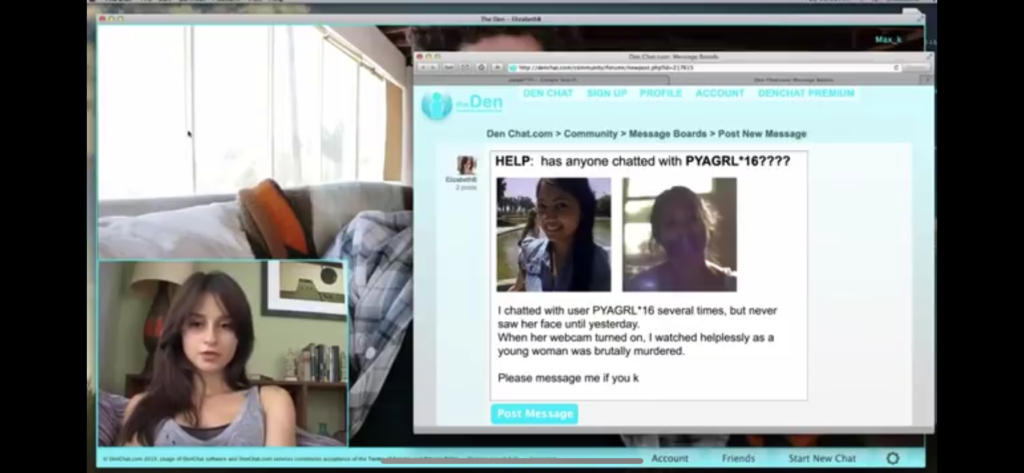
The Den (released as Hacked in some countries) follows Elizabeth (Melanie Papalia) who is given a grant to investigate video communication culture online. Elizabeth soon discovers the dark secrets inhibiting the web in the form of underground snuff films, little does she know her curiosity may lead to her own demise.
The Den’s exploration into dark web videos is familiar to audiences awareness of the dangerous doings below the surface of the internet. The threat of snuff films has been the talk of many horror stories both on screen and in reality. Thus when the film is said to take inspiration from ‘real life events’, we are told that these are not characters but real people faced with real consequences.
Donohue attempts to divide the borders between reality and fiction, with the self-contained barrier of fictitious circumstances flowing into real existence. E.g. part of Elizabeth’s research involves her interacting on Chatroulette-style websites communicating with random strangers and witnessing odd situations. As the parallel between screen and person is broken down, we feel as if we are just one of those strangers on Chatroulette, haplessly witnessing her doom.

Host follows a group of young women on a Zoom meeting as they attempt to hold a seance to break their lockdown boredom. Host is the most recent film on the list and possibly the most relatable.
The film takes place during the current COVID-19 pandemic and features many familiar factors that people have contributed into their daily routine as part of surviving lockdown. Zoom sessions, group chats, drinking games, and plenty of time on your hands is something that much of society has had to endure since lockdown. Trapping us in own individual claustrophobic new worlds, where our only meaningful social interactions are through a screen.
I’m sure this will not be the only film surrounding Coronavirus but it is one of the first. What occurs during the film’s short run time of 57 minutes is a traditional creepy and ominous story of toying with spirits that should be left unknown. What should be a typical narrative is a refreshing take on a ghost story. Savage utilises the webcams capability of being all seeing and all knowing.
The Zoom meeting acts as a safety brace for these women and the paranormal events. It is implied that the screen is a means to survive, an essential guard against these events, posing the more wider reliance we as a society have on our devices.
Check out HOST exclusively at Shudder
This weeks article comes via Grace from Film Overload, you can check out more of her work here.

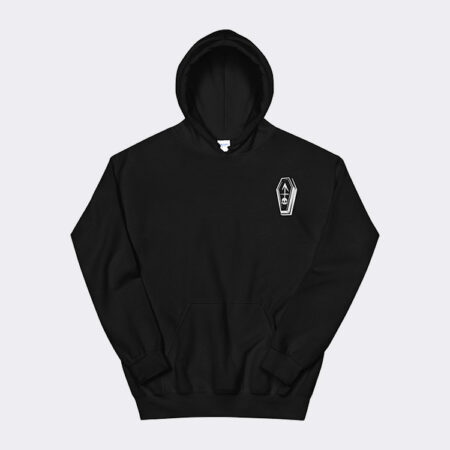
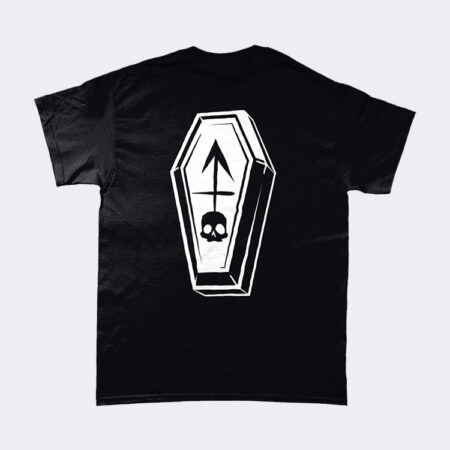

KILL YOUR LOVER (Winner of Dead Northern’s Best Feature 2024), a razor-sharp and visceral exploration
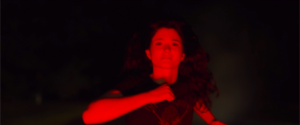
Amy (Hannah Deale) barely scrapes by; working two thankless jobs whilst simultaneously caring for her

In 2022 M3GAN dominated screens and for the most part, created a cult fanbase who

British director Danny Boyle and writer Alex Garland compelled the masses with their triumphant ‘28